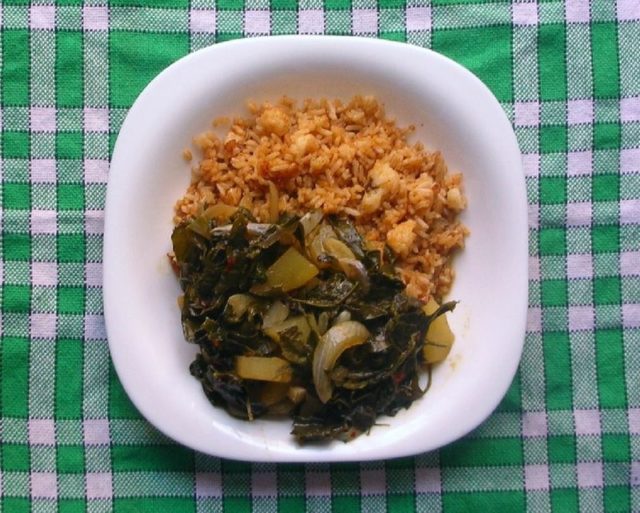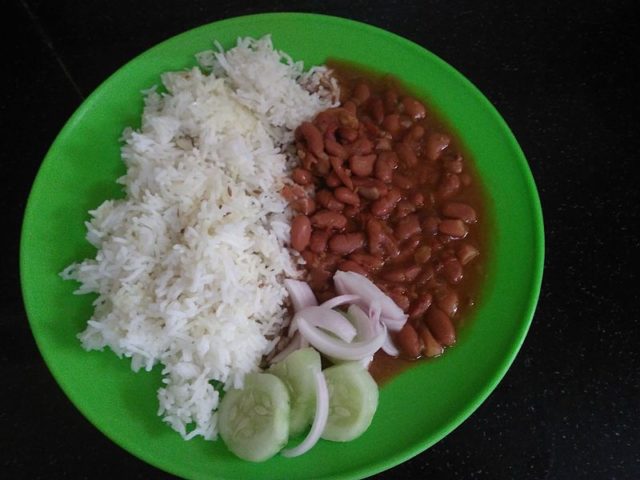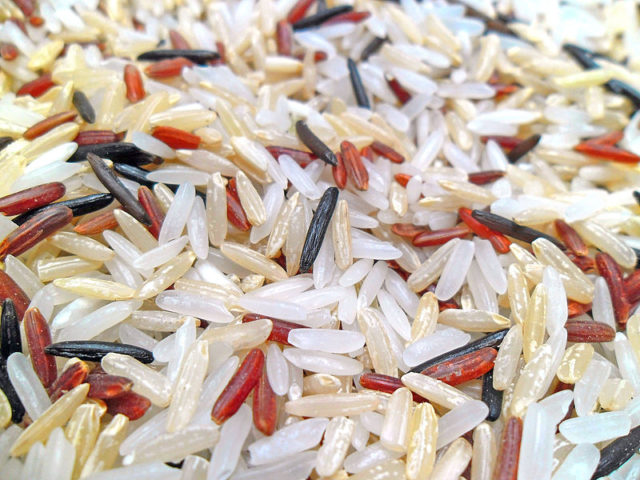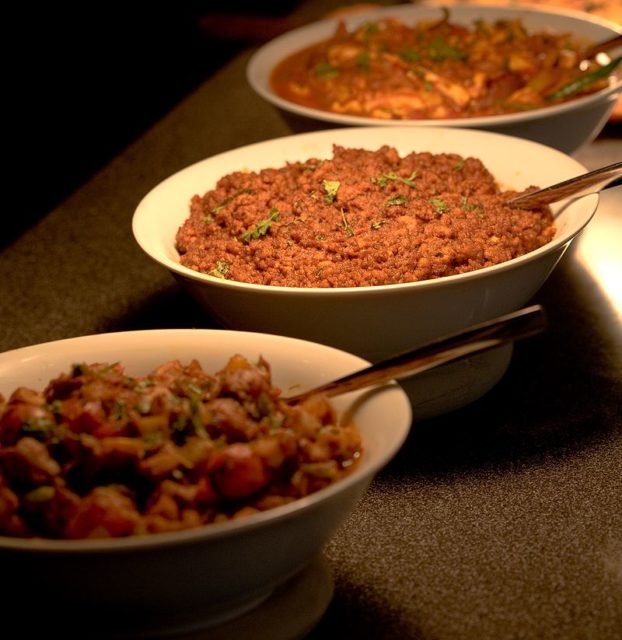It was once believed the ancient civilizations of India were not introduced to harvesting rice, but the newest evidence suggests that the Indus civilization had curry dishes 5000 years ago.
Research shows that they might have their hot dishes as takeaways as well. New evidence provides proof that the Indus harvested rice and that this coincided with the time the Chinese began using complex farming techniques.

The researchers have found out that the ancient Indus people were rice horticulturalists. This came after it was previously thought that China introduced rice farming to India. Now it seems that rice was long cultivated by the Indus, used in their curries, dhals, and millet dishes. More intriguing is that they were enjoying curry as early as 2800 BC, during the Bronze Age.
The discovery comes from a rare find of one of India’s staple meals, curry. Curry, which is enjoyed throughout the country and the world, has shed light on India’s past. The specimens show that they had domesticated rice before other major civilizations at the time, such as those of ancient Egypt and China’s Shang Dynasty.

The Indus population settled across today’s Pakistan and Northwest India.
It has now emerged that the Indus people were specialized horticulturalists. Their cities had a population of over 40,000 people due to their cutting edge farming techniques which allowed them to harvest surplus foods. Higher food production meant that they could expand their population and also allowed them to trade the extra goods at trade centers or hubs. This provided rapid growth and expansion.
The research into this new finding also confirms that they used complex multi-cropping strategies that made it easier for them to farm. During the summers they were able to cultivate rice, millet, and beans and during the colder season,s they switched to farming crops like wheat and barley. These farming techniques provided a diverse diet for the Indus.
The university of Cambridge has been conducting the research since 2008 showing that these ancient civilizations were farming and supplying marketplaces. Study’s co-author Dr. Jennifer Bates said that they had discovered in South Asia a completely new domesticated subspecies of Oryza Indica.
This indicates a distinction from the Chinese Oryza sativa japonica. She conceded that wetland farming is more productive. The Oryza japonica appeared around 2000 BC. The species that she and her team discovered led to a mixed dry and wet land farming technique of the Oryza sativa indica.

Her study shows that there was already an established rice farming culture in India before the Chinese technique was introduced and established. Rice farming was a well-developed practice during the Bronze Age.
The research was published in the journals Antiquity and Journal of Archaeological Science in November 2016.
The region of the Indus was a diverse system which well suited to mitigate risks of climate change. The importance this find is that it will assist in learning more about what monocultures could learn from the crop diversity of the Indus people 4,000 years ago.
The collaborative researchers were from the University of Cambridge’s Division of Archaeology, with assistance from colleagues at Banaras Hindu University and the University of Oxford. According to Dr. Piere, while other civilizations were either winter or summer harvesters, the Indus could mass produce to support their population. The site where his team sifted for grain traces, called Rakhigari, provided both dry and wet climates for the ancient Indus.

The Indus civilization received both summer and winter rains. According to co-author Dr. Cameron Petrie, the location provided suitable humidity for developing seasonal crop rotation. The researchers found other winter staples like peas and vetches along with barley and wheat. Evidence of summer crops were domesticated rice, millet, and tropical beans. Millet was the food of last resort when there was nothing else to eat – it’s often used as birdseed nowadays.
Radiocarbon dating was used to arrive at the first absolute dates. The dates established for multi-cropping ranged from around 2890 to 2630 BC. The team placed rice at around 2430-2140 BC.
The variety of crops may have been transported to the cities, which would suggest that there was a bartering system through which people traded services for food. Varieties of crops grown in surplus were taken to trading hubs.

Most likely they were bartered for services in a similar fashion to today’s takeouts. According to Dr.Bates, there has been trading and exchange between different regions, however, this idea still needs to be tested and supported by evidence, Mail Online reported.
Not much is known about the Indus population. Many scrolls have been found, but the dialect has so far been undecipherable. However, it would seem that this Ancient civilization held the key to rice production and were astute farmers in their time. The ongoing work of Dr. Bates and her team will go a long way in understanding these farmers and unlocking their mysteries.
